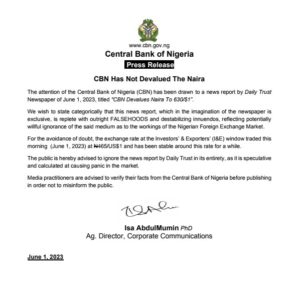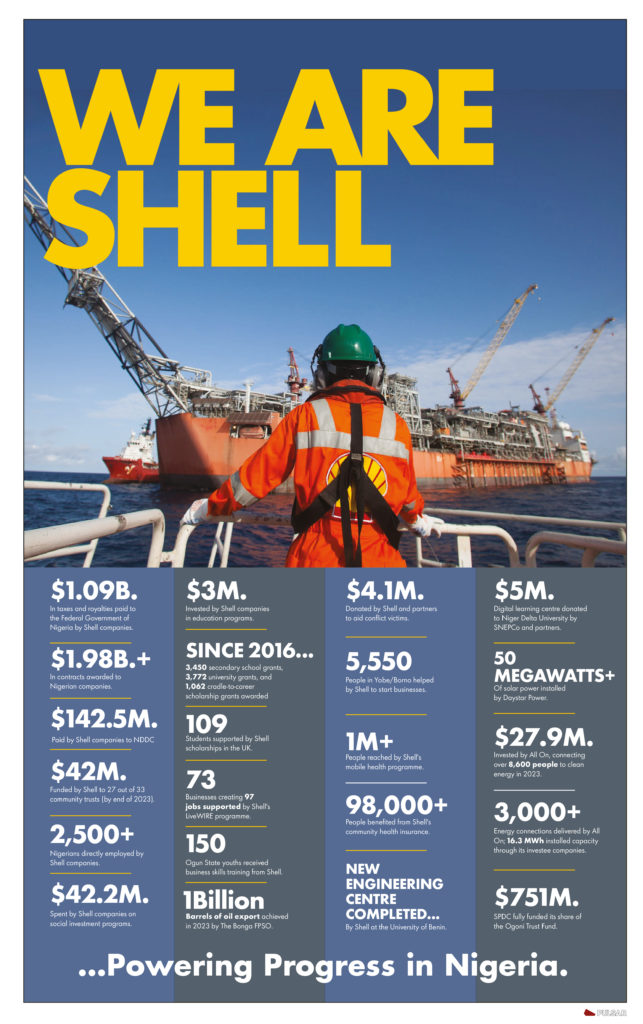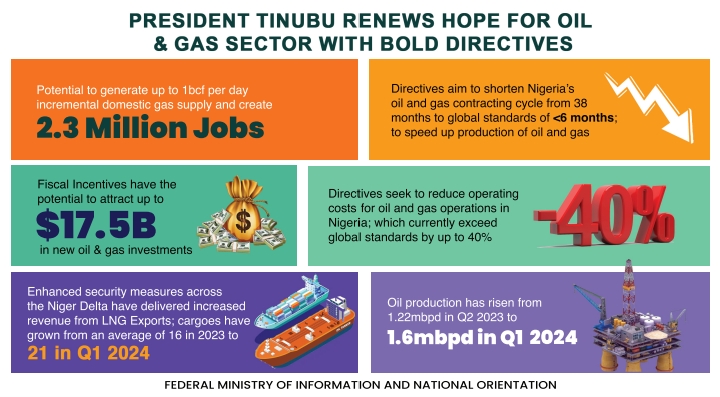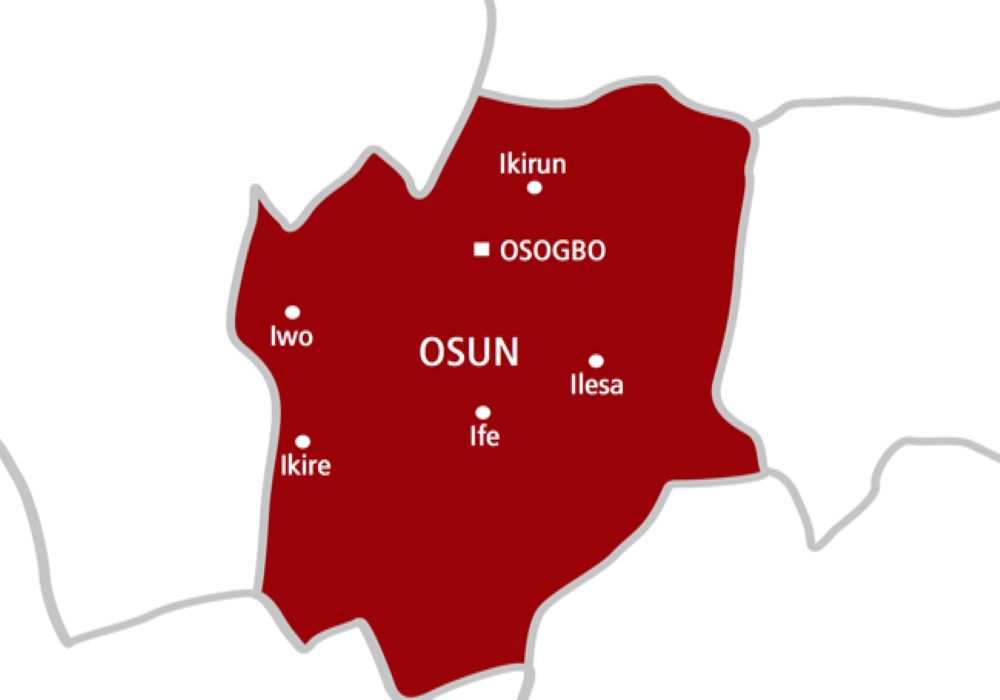Finance
Eleven (11) Ways To Make Money Online, Number 10 Will Surprise You
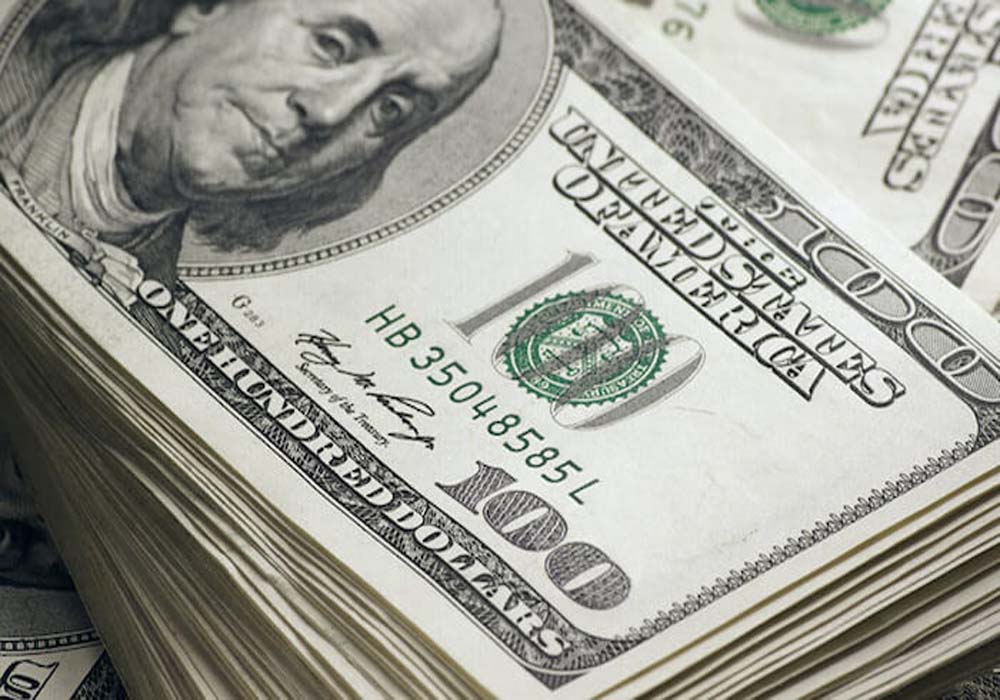
By Funmilayo Olusanya
The desire to quickly earn money online while staying at home has increased over the past few years.
The appeal of the internet is that it serves as a potent sales channel, marketing network, and social media hub, among many other functions. Beyond completing surveys and selling used items on marketplaces, there are a variety of inventive ways to make quick money online.
Nevertheless, some side jobs are more compatible with the laptop lifestyle than others. We’ll analyze the advantages and disadvantages of 30 of the best online money-making ideas in this idea guide.
1. Sell stuff online
One of the best money-making ideas for quick cash is selling stuff online. You can buy and resale higher-value products like laptops, TVs, or phones, or you can sell clothing, furniture, and handbags from the comfort of your own home. You may purchase these goods online from merchants like AliExpress or from nearby thrift shops and yard sales, which is a terrific way to make quick money.
Instead of using only one platform or marketplace, try to sell your stuff there as well. People are more likely to discover your products if they are available in more locations. There are hundreds of online marketplaces, each with its own specializations and commission rates. eBay, Facebook Marketplace, VarageSale, Mercado Libre, and your personal website are a few instances.
If you enjoy this process, you can start a legitimate reseller business and sell anything from vintage clothing to refurbished electronics.
Read also>>>Helping others achieve dreams turns me on – Don Jazzy
2. Start a dropshipping business
Consider dropshipping—startup costs are low and it’s an increasingly popular way to make money online for beginners and pros alike. Dropshipping is a business model where you don’t keep the products you sell in stock. Instead, when a customer buys something from your store, a third party fulfills and ships the order for you.
Dropshippers can cash in on the latest trends and sell trending products, or there are many steady product categories that offer similar opportunities to do well.
At Shopify, we regularly see these categories on our list of top performers: clothing and accessories, jewelry, home and garden.
You can create a Shopify store and test it out with a free trial.
The pay period using Shopify Payments is five days plus the number of days remaining until your payout day.
3. Start freelancing
An increasingly popular home business idea is offering freelance services to clients online. Freelance writing, graphic design, data entry, digital marketing—almost every role an online business would hire for is viable as a freelance service. I’ve worked with writers, illustrators, and designers for years at Shopify, most of whom make their full-time living freelancing, not just doing it in their spare time.
Almost all of these services are best positioned toward business clients, for reasons similar to why business software is an attractive product: business clients are willing to spend. What most freelancers quickly learn is they have more leverage over the price they can charge when they position their work as outcomes instead of deliverables.
Put another way, businesses hire freelance writers to create content that drives traffic and leads, not for wordsmithing. Sell clients on the outcome and prove it, where possible, through customer evidence like case studies and testimonials.
The last thing to consider for these businesses is that they are a direct trade of time for money. You can make good money with a small selection of high-paying clients, but the moment you stop working, the cash flow dries up. You may be able to turn a freelance business into more of an agency, where hired help handles some client work.
4. Sell on Amazon
Amazon has become a marketplace that welcomes ecommerce entrepreneurs. It takes a few minutes to sign up for an account and a few more minutes to get a product listing live.
The platform has a massive audience, it’s a global marketplace, and it’s a go-to destination for product discovery and research. Listing optimization can help your products get found and unlock new opportunities. And Amazon’s in-app promotions can increase your brand’s visibility for highly targeted audiences.
Yet some ecommerce entrepreneurs question the long-term sustainability of selling on Amazon. While the marketplace is great for helping shoppers surface desired products, it’s challenging for sellers to get their business noticed. Amazon attracts many resellers of the same products you may offer.
Homesick went from not being on Amazon two years ago to becoming the number one scented candle company and the number two candle brand in the world. Amazon proved to be a good springboard for selling its products online.
Despite its success, Homesick used Shopify to build an online store as its home base. This gave the budding ecommerce business a place to showcase its brand, connect with its customers, and maintain control over its sales and promotions.
5. Sell digital products
Digital products carry some of the best margins of any product you can sell. The upfront costs of development can be high, but the variable costs of selling digital products is comparatively low. Once media or software is made, it isn’t very expensive to deliver to customers.
At its core, a digital product is an intangible asset you can sell repeatedly without restocking inventory. They often come in downloadable files such as a PDF, plug-in, or interactive document. These products have become such a good source of passive income that many top professional influencers, bloggers, or public icons release digital products like guides, ebooks, templates, research findings, plans, and tutorials.
Many creators make digital products to add another revenue stream to their main business, whether it be consulting, education, or memberships. You could build a presence on Twitter and LinkedIn or build an email subscriber list to promote your products and make sales.
6. Sell media
Media is a wide-ranging term, but the best description available if you’re a creator in the market to sell music, videos, digital art, paid newsletters, magazines, or podcasts. Media seems closely related to digital products, but the difference with media is that it tends to be geared toward creative ventures—for example, a writer starting a paid newsletter subscription or an artist learning how to sell art online.
The best part about selling media is that, a lot of the time, it’s a way for people to express themselves online. Artists and creators who didn’t have access to networks, galleries, or PR in the past can now build a brand, grow a following, and make money online doing something they love.
7. Start Blogging
You’ve probably read a business blog at some point in your life. Businesses use blogging to share knowledge and insights, build an audience, and get more leads and sales. Blogging has endless benefits, such as building thought leadership in an industry and improving search engine visibility for a brand.
Blogging to make money online has grown beyond big businesses and side hustles. Anyone can now build an audience by putting out great content and make a lot of money from their blog. Bloggers also tend to take a personal approach that resonates with an intended audience versus getting information from a company blog.
People start blogs for many reasons, some being:
An outlet to share their thoughts, passions, or life experiences
A platform to educate readers on a topic they know about
An avenue to sell products or services
A space to build a personal brand
While blogging is a low-investment business idea, it can take time to pay off. Chances are, you won’t find yourself on page one of Google’s search results overnight. But with the right niche and determination, you’ll be well on your way to making money online through your blog.
8. Affiliate marketing
So, how do you make money affiliate marketing? Essentially, publishers or individuals can apply for affiliate programs, wherever they’re available, in order to be added as an official affiliate. Once you’re accepted, you’ll receive a way to share an affiliate link to the product or service you’re interested in promoting. (Don’t forget to add a disclaimer!)
When someone buys the product after clicking your link, you’ll receive credit for the referral, along with a commission. The commission amount depends on the affiliate program and the product being sold—commodity items on Amazon.com won’t pay out much, but referring a high-ticket account may pay out hundreds or even thousands of dollars.
Because affiliate marketing works best when you help a visitor understand why a certain product may be the right one for them, you’ll typically notice it deployed on content-focused websites. Search engine optimization also plays an important role here, and you’ll see everyone from homegrown sites to massive, globally known publications competing for terms like “best gaming laptops 2022.”
9. Start a YouTube channel
Ever thought of becoming a YouTube star? Micro-celebrities like 10-year-old Ryan Kaji are making more than $29 million per year on YouTube selling toys. Another top earner on YouTube is David Dobrik, who makes about $15.5 million entertaining his audience with comical videos.
Create a YouTube channel around one niche. This will help you build a loyal audience that repeatedly tunes in to your channel, giving you more opportunities to make money online. You could offer tutorials, review products, keep up with celebrity news—whatever you think will keep your audience interested.
The key to a successful YouTube channel is to entertain or educate with your content. Once you’ve reached 1,000 subscribers, you can make money running YouTube ads on your channel. Beyond advertising revenue, you can also offer paid product placement to big brands, sell products, or become an affiliate to make money on YouTube.
10. Become an influencer
Influencers are a popular marketing channel for brands big and small, with 68% of US marketers at companies with more than 100 employees working with them in 2021. If others can become influencers, so can you.
To become an influencer, you’ll need an engaged following. Influencers today don’t need to have millions of followers. There are opportunities to become a nano-influencer or micro-influencer, which are accounts with up to 10,000 and 50,000 followers, respectively.
The two biggest platforms for this are YouTube and Instagram. Some of the most popular influencers found fame through these platforms like Lele Pons and pewdiepie. Check out our article on how to grow your Instagram following to build a big audience.
Once you have a following, you can make money several ways as an influencer:
Charge for sponsored posts
Speak at conferences
Sell products in your online store
Become an affiliate
Sell ads
Become a brand ambassador
Write a book
Startup time: Varies, but generally.
11. Become an online tutor
During the pandemic, education turned virtual. Schools and universities switched to entirely online classes, and the tutoring business was no different. In 2022, the online tutoring business is expected to reach $1.5 billion in the US alone.
If you enjoy seeing that light turn on in people’s eyes when they finally grasp a concept, this is a good option for you. You get to decide which subjects you feel comfortable helping others with and set your own hours and rates.
On top of that, you can freelance as a tutor more easily than ever. With sites like TutorMe and Fiverr, you can easily find students who need your help.
The chances to quickly and occasionally passively earn money online are increasing. You might establish a dropshipping business, work as a freelancer, make your own things, or market other people’s goods on your site. It only requires some effort and hard work to achieve.
To create something significant and intriguing, start putting your ideas into action right away. Use your time and energy wisely, and your labor will eventually pay off as you establish your internet profile, attract new clients, and close deals.
Business
Nigeria pays US$4.9 billion on petrol subsidy in 2024- NNPCL
It was however noted by Biztellers.com.ng, that although subsidy is back in effect, the main reason for that is the increasingly weak state of the Naira and the country’s extreme dependence on products importation. Also unlike the previous subsidy era, where several oil marketers were getting free subsidy refunds for unverified product importation, this subsidy era is witnessing only one importer, the NNPCL, which in effect is the sole receiver of government subsidies.
Yemie ADEOYE
INSPITE of the official position of the Nigerian government that the controversial petrol subsidy is gone for good as announced by the President on assumption of office, the state owned Nigerian National Petroleum Corporation Limited, NNPCL has disclosed that petrol subsidy is still fully operational in Nigeria, although, under a different identity.
Umar Ajiya, Chief Financial Officer at the NNPCL, disclosed that it cost the company a staggering N7.8 trillion (US$4.9) to cover this price gap in the first seven months of 2024.
Rather than simply referring to these claims as subsidies, he stated that the company is merely managing the price difference in petrol imports on behalf of the federation, stressing that this should not be misconstrued as a return to subsidy payments.
![]() This revelation has reignited discussions on whether the NNPC is indirectly offering subsidies, a concept typically defined as selling a product below its cost price.
This revelation has reignited discussions on whether the NNPC is indirectly offering subsidies, a concept typically defined as selling a product below its cost price.
Documents reviewed by Biztellers.com.ng showed that the term “subsidy” was used extensively in official correspondence between the NNPCL and the presidency, particularly in reference to the “shortfall.”
Recall that President Bola Tinubu reportedly approved NNPC’s request to utilize the 2023 final dividends due to the federation to offset these costs.
However, during a media briefing on Monday about the company’s 2023 audited financial statements, Ajiya refuted claims that the NNPC is involved in any subsidy scheme.
Ajiya further disclosed that the Nigerian government owes the NNPC N7.8 trillion ($4.9 billion) in subsidy-related debts for the period from January to July 2024.
In furtherance of his clarification to the News Agency of Nigeria (NAN), Ajiya insisted that no subsidy payments have been made to any marketer in the last nine years, citing the NNPC’s role as the sole importer of petrol under supply contracts.
He said, “In the last eight to nine years, NNPC Ltd. has not paid anyone a dime as a subsidy; no kobo has been disbursed by NNPC Ltd. in the name of subsidy. No marketer has received any payment from us for subsidy.”
“What has been happening is that we have been importing PMS, which has been landing at a specific cost price, and the government tells us to sell it at half price. So the difference between the landing price and that half price is a shortfall.
“And the deal is between the Federation and NNPC Ltd., to reconcile, sometimes they give us money, so there is no money exchanging hands with any marketer in the name of subsidy.”
Ajiya remained silent on how much of the $4.9 billion could have been remitted to the federation account if the NNPC had not been covering the “shortfall.”
It was however noted by Biztellers.com.ng, that although subsidy is back in effect, the main reason for that is the increasingly weak state of the Naira and the country’s extreme dependence on products importation. Also unlike the previous subsidy era, where several oil marketers were getting free subsidy refunds for unverified product importation, this subsidy era is witnessing only one importer, the NNPCL, which in effect is the sole receiver of government subsidies.
Banking
CBN Denies Currency Devaluation
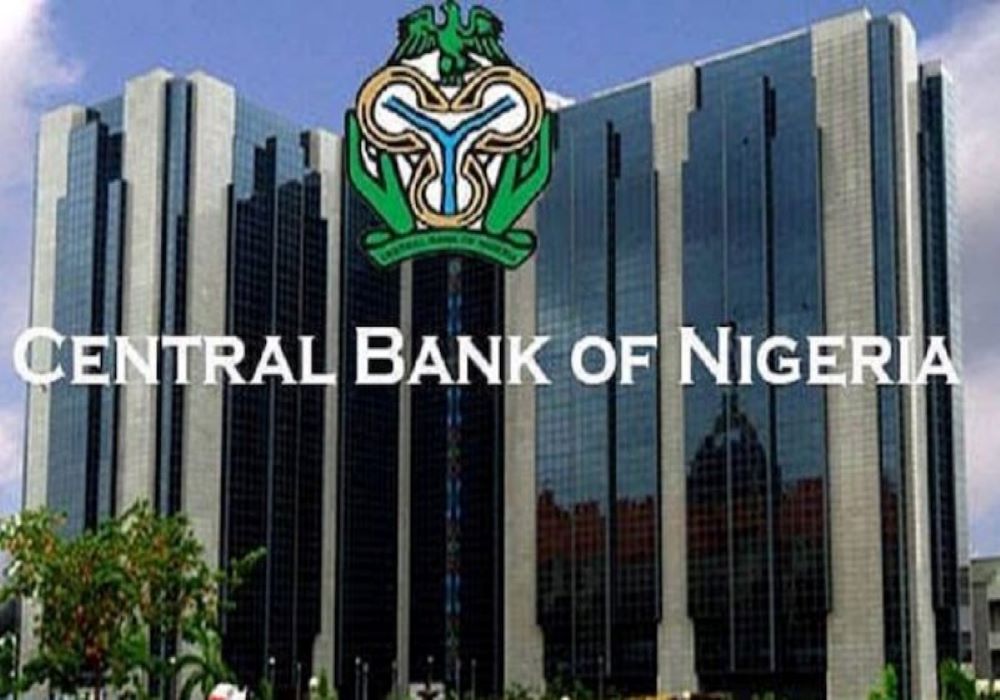
The Central Bank of Nigeria (CBN) has refuted claims of devaluing the.
Earlier reports suggested that the CBN had devalued the Naira, lowering its exchange rate from N631 to the dollar, compared to the previous day’s rate of N461.60 at the Importers and Exporters (I&E) window.
However, the Central Bank of Nigeria (CBN) released a statement on Thursday through its Acting Head of Corporate Communications, Dr. Isa Abdulmumin, categorizing the report as false information.
In the statement titled ‘CBN Has Not Devalued The Naira’, he said the attention of the apex bank was drawn to the news report by an Abuja based newspaper edition of June 1, 2023, titled “CB Devalues Naira To 630/51”.
However, the CBN stated categorically that the news report was replete with outright FALSEHOODS and destabilizing innuendos, ‘reflecting potentially willful ignorance of the said medium as to the workings of the Nigerian Foreign Exchange Market.’
“For the avoidance of doubt, the exchange rate at the Investors’ & Exporters (I&E) window traded this morning (June 1, 2023) at N465/USS1 and has been stable around this rate for a while.
“The public is hereby advised to ignore the news report by Daily Trust in its entirety, as it is speculative and calculated at causing panic in the market,” the CBN spokesman added.
He, therefore, advised media practitioners to verify their facts from the Central Bank of Nigeria before publishing in order not to misinform the public.
Banking
BREAKING: CBN Increases Interest Rate By 0.5%

The interest rate in Nigeria has been raised to 18.5 percent, up by 0.5 percent, from 18 percent where it was pegged in March 2023.
The Central Banks of Nigeria’s (CBN) Monetary Policy Committee (MPC) resolved to this effect at its third meeting of 2023 in Abuja, on Wednesday.
Governor, CBN, Godwin Emefiele, made the disclosure in the communiqué of the MPC’s meeting, thereafter.
While engaging the media at the end of the two-day meeting, Emefiele, said the committee voted to keep the asymmetric corridor at +100 and -700 basis points around the MPR.
In the view of the MPC, rising inflation rate is traceable to the high energy cost and challenges around the supply chain, among others, which lie outside the corridors of the CBN.
Emefiele said, “The current trend in price development would continue to be monitored by the bank with greater collaboration with fiscal authority to address the drivers of inflation.”
Biztellers reports that the CBN had effected six consecutive interest rate increases, which has seen the rate move from 11.5 percent in March 2022 to 18.5 percent in May 2023.

